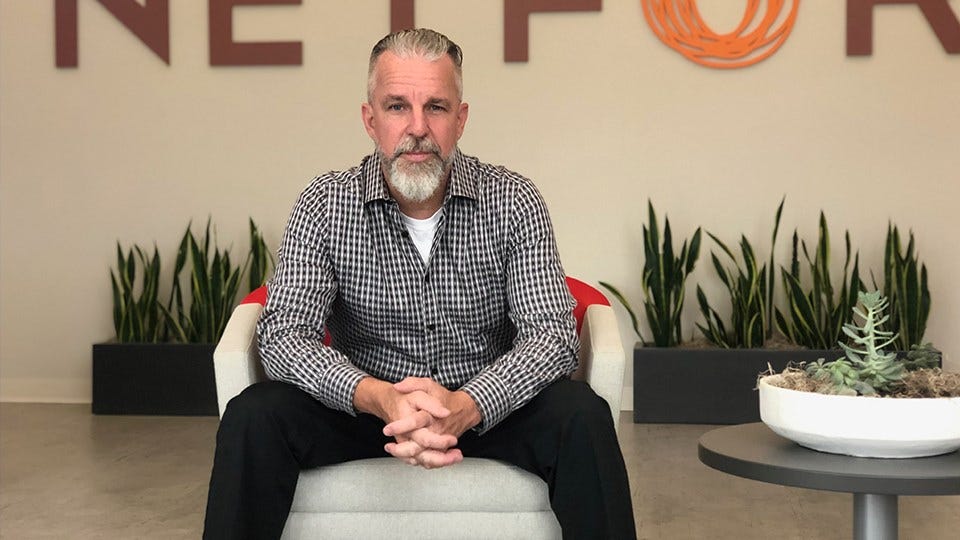Making Innovation Manageable is Critical for IoT Success

Subscriber Benefit
As a subscriber you can listen to articles at work, in the car, or while you work out. Subscribe NowSociety celebrates inventors and innovators. We remember their names and regard their brilliance with awe. What we never consider is the limited role they actually play in their own success.
Across the street from our Fishers headquarters is the Indiana IoT Lab, focused on supporting what’s come to be called the Internet of Things or IoT. Inside are dozens of today’s inventors, obsessed with unique ideas and new ways to enhance life. They conceptualize, engineer, invent, design, prototype, test, and if all goes well, deliver products with the potential to transform the ways we live and work.
Yet being able to realize that potential has little to do with their ingenuity. History is full of heartbreaking stories of brilliant ideas that languished while inferior competitors gained traction and generated revenues.
So what determines which of those innovators becomes a household name? In most cases, it will be the infrastructure that transforms their idea from cool prototype to successful product. It’s one thing to create a half-dozen prototypes to wow a prospective early stage investor. Configuring, deploying and shipping 20,000 units a week — and delivering customer support when they fail in the field — now, that’s an entirely different game.
The Internet of Things really isn’t all that new. For the past few decades, successful products and devices that leverage data and technology in new ways have entered your home and workplace, while thousands of others that once demonstrated promise fell off the face of the earth.
All those inventors had the vision to create amazing new ideas. The successful ones also had the foresight to grasp the steps required to make their ideas commercially viable. It’s more than finding a manufacturer capable of producing the desired quantities at an attractive price. For most products — especially those for which technology is integral — it also takes a complete supply and service infrastructure.
Consumer expectations have changed dramatically in recent years. If you were an early personal computer buyer, you knew you were in for hours of configuration and troubleshooting before you could start playing solitaire or exploring Prodigy. Today’s consumer expects every device to start serving them with a minimum of fuss. Nest thermostats, Tesla cars — buyers want to start using a new device immediately, not spend time thinking about how it should work or trying to make it work.
It sets a high bar for IoT developers, and it’s something they need to start considering long before they’re shopping for manufacturing capacity. If a new device will be welcomed by the marketplace, someone has to warehouse it, pick it, configure it, pack it, and ship it. If it’s not at a user install level, someone has to install it, and if it is easy enough for the user to handle, someone has to be ready to provide support when the inevitable problems or “how to” questions crop up in a way that builds brand loyalty.
It’s hard enough for an IoT developer to devote time to finding sources for the next round of funding, much less tracking down a long list of prospective vendors for all those other services. An experienced partner like Netfor can simplify and streamline the entire process to put an IoT developer’s successful idea in the hands of consumers and businesses, including field installation and configuration when required, then back up the product with 24/7 technical and customer support. That partner becomes an extension of the developer, operating transparently so the services are delivered in the name of the developer’s company, providing positive experiences in an age when consumer reviews are a critical form of currency.
How can an IoT developer leverage these capabilities most effectively? The key is to begin the initial conversations as their ideas are moving out of the prototype stage. Often, developers don’t realize how much help they need until their first batch of products ships and their engineers are overwhelmed with phone calls from frustrated buyers. It’s one thing for a company’s engineers to work directly with beta testers, but few have the skills or the desire to deliver flawless customer support on a broader scale, nor do they have the time.
By talking with a proven provider like Netfor early in the product lifecycle and thinking through all the steps needed to get a product into the marketplace and support it effectively, developers can head off the kinds of problems that can easily derail a brilliant idea and approach the next stage of their business more strategically. A partner that’s able to handle the nuances of making a product easy to deploy and has extensive experience with supporting hardware and devices can provide significant advantages in today’s unforgiving marketplace — and make the developer look even smarter in the eyes of the industry.
